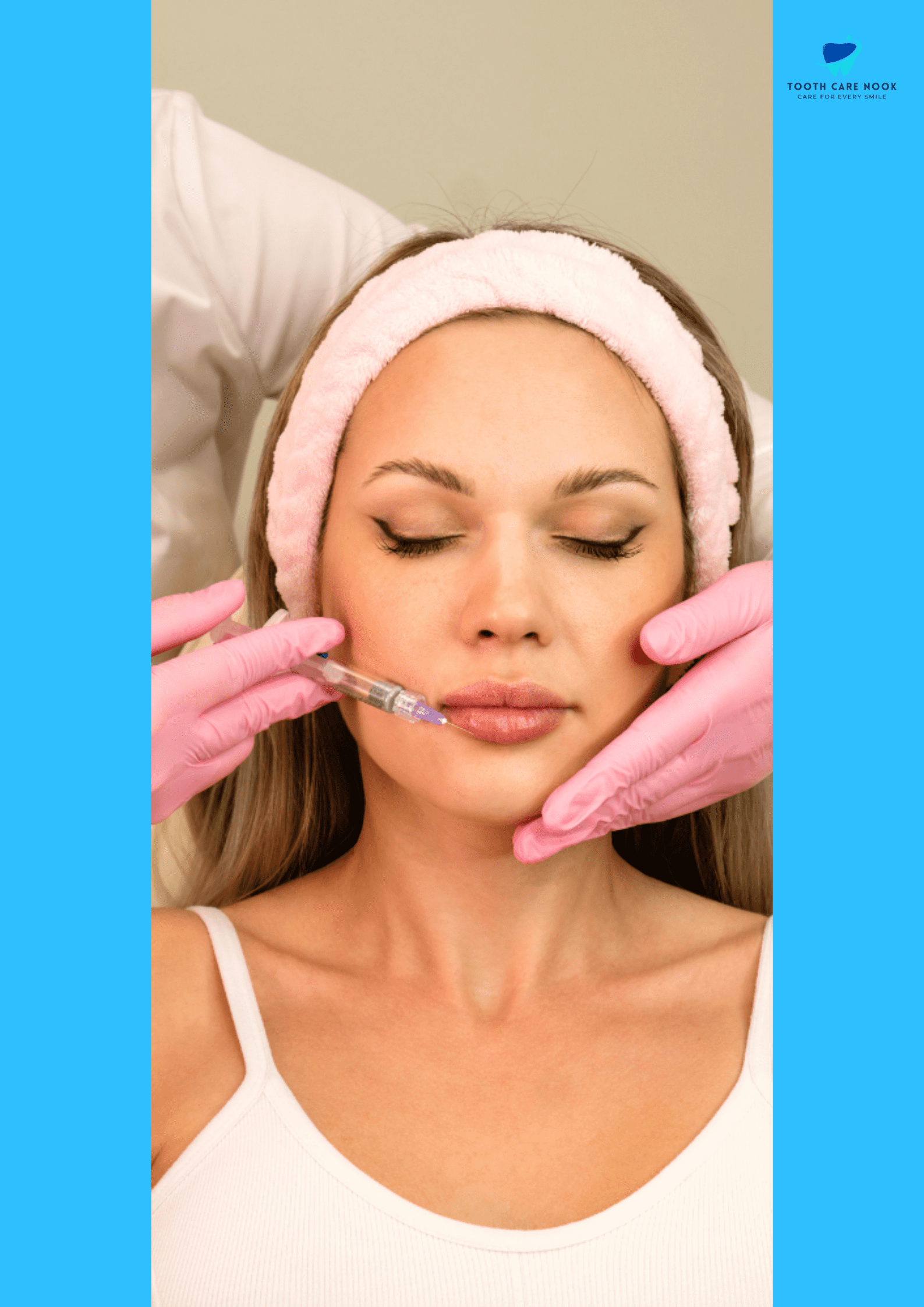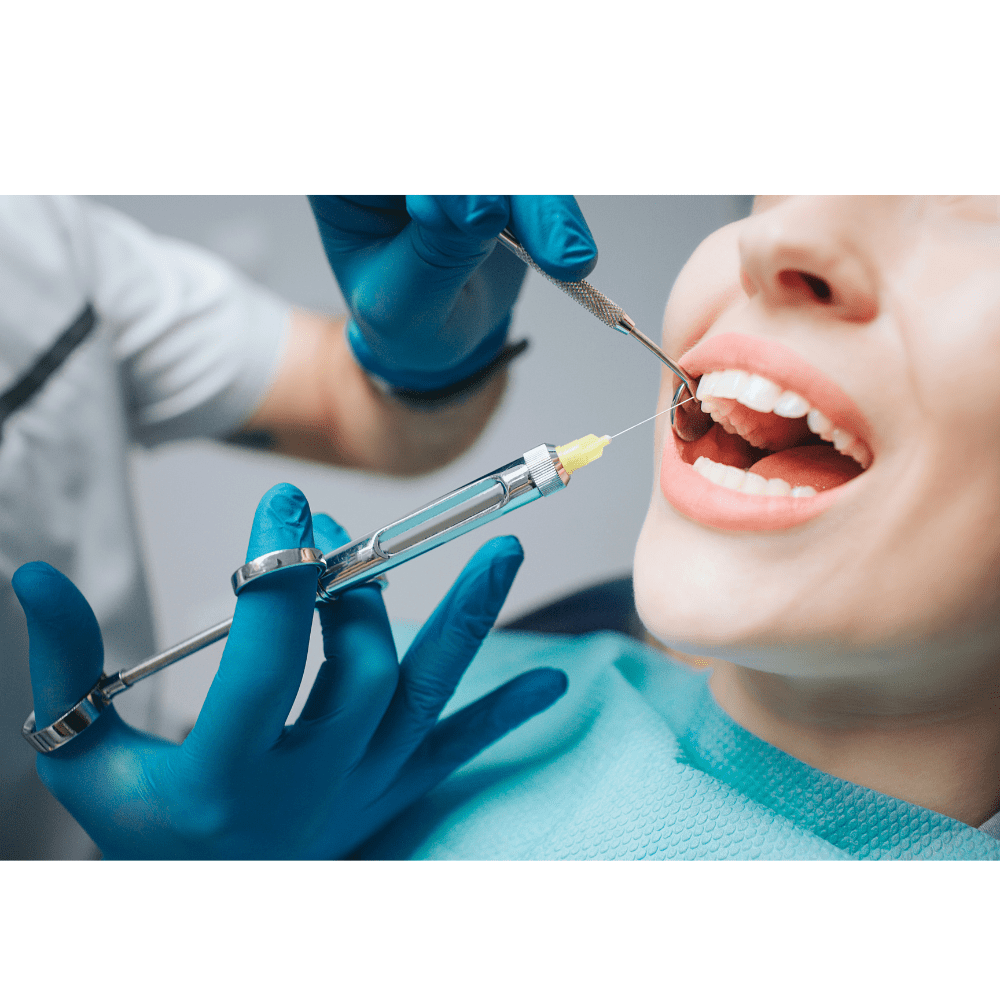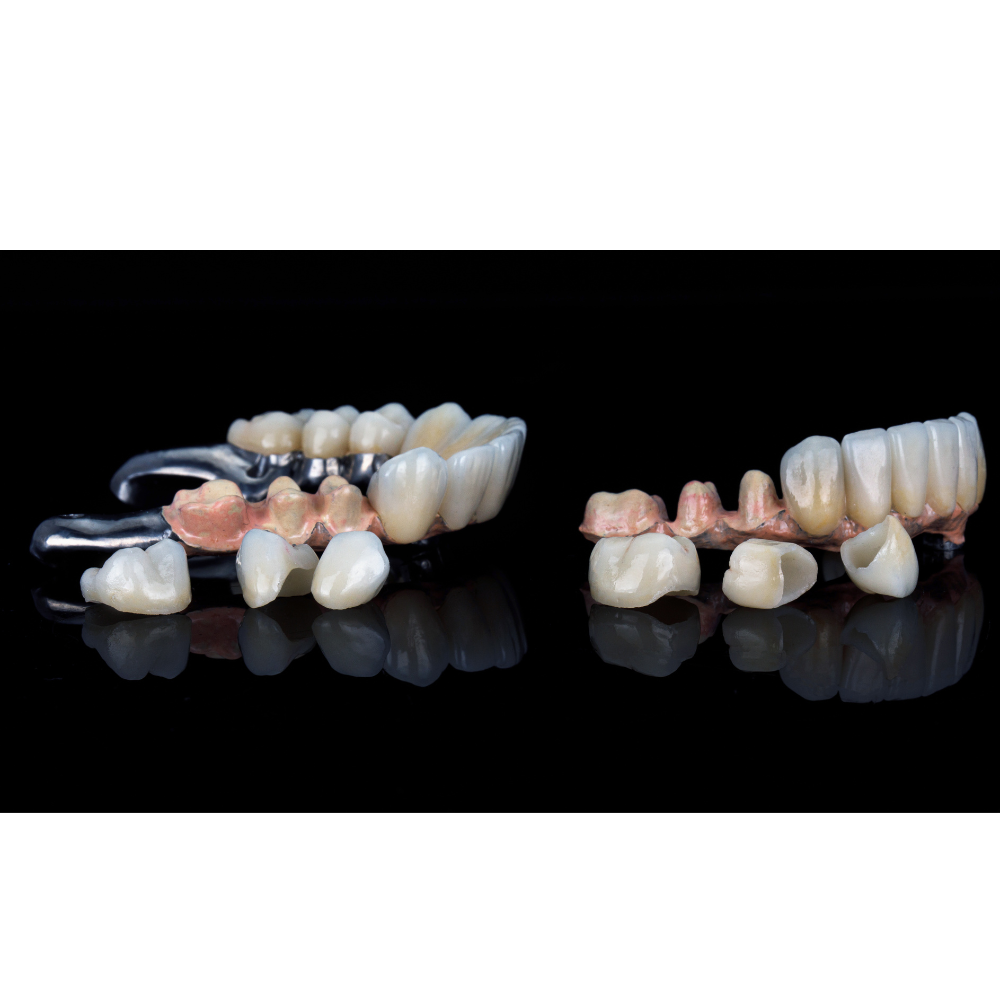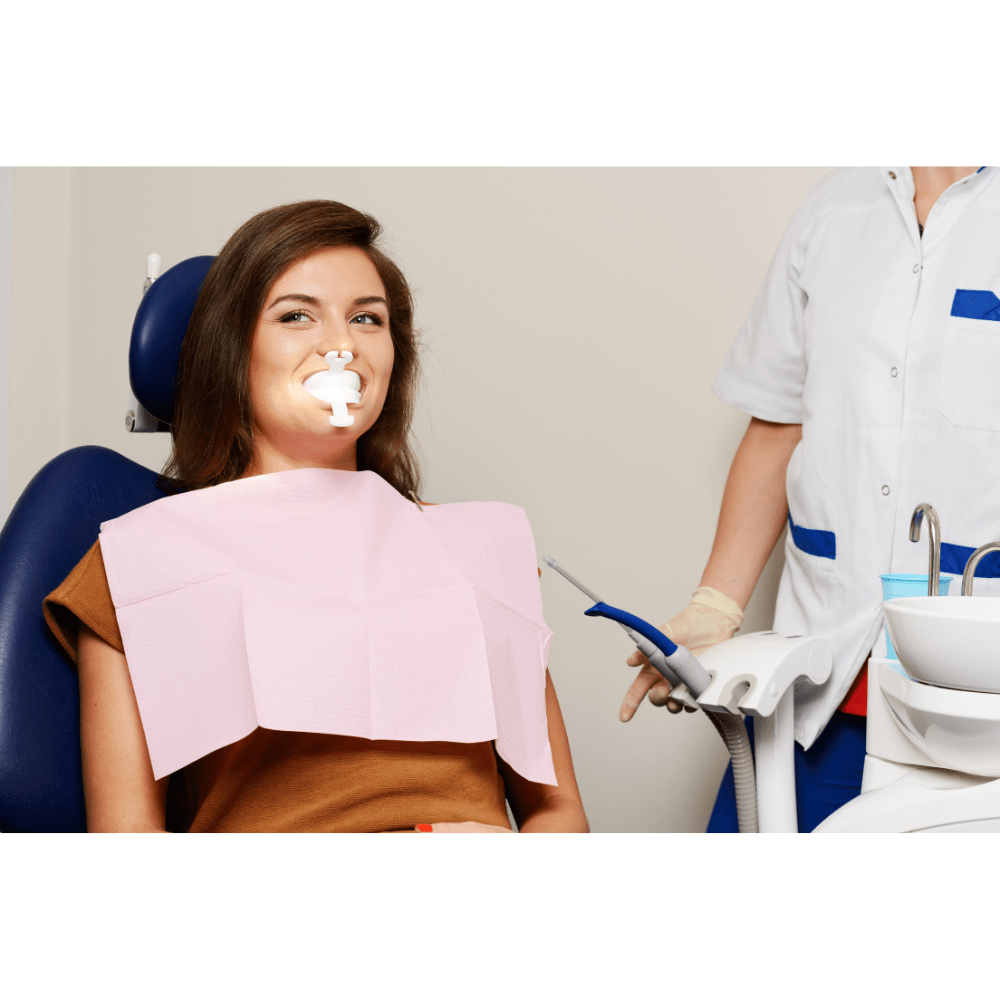How To Use The Syringe For Wisdom Teeth | Expert Advice
In dental procedures, it’s often a perfect balance of 50% treatment and 50% post-care, and the saga of wisdom tooth extraction is no exception. After extraction, you need to irrigate the treated area while avoiding the spray everywhere but your mouth. Before jumping on the steps and procedures to follow for using the syringe for wisdom teeth, let’s get to know the reasons we need to rinse wisdom teeth.
Why There is a Need for Irrigating Wisdom Teeth
There is a need for irrigating wisdom teeth site after surgery because it helps to clean up the surgical site completely. Even after following hygiene practices, some food particles and bacteria get trapped in the lower socket which hinders healing and after a few weeks, your body will abscess around these particles which will cause further complications.
Things to Keep with You When Irrigating Wisdom Teeth Sockets

Equip yourself with the following things when irrigating wisdom teeth sockets.
- Saltwater or prescribed mouthwash
- Clean gauze or tissue
- Mirror
- Towel or bib
- Timer or clock
- Water cup
- Pain relief medication
How To Use the Syringe For Wisdom Teeth | Step-by-Step
Here is a step-by-step process to use the dental syringe for wisdom teeth extraction site.
Prepare the syringe: The first step is to prepare the syringe to irrigate the wisdom teeth sockets. Fill up the syringe with salt water or some prescribed mouthwash making sure it is not too hot to avoid discomfort.
Position yourself: After preparing the syringe, get yourself in front of the mirror for a clear view and visibility. Make sure to have a towel/bib with you and a timer or clock to irrigate for the prescribed time.
Aim the surgical site: Once you’ve positioned yourself, insert the syringe tip down to the wisdom teeth sockets and aim for the trapped debris. Make sure to flush every single particle you see or feel. You need to inject at least one complete syringe to completely flush the extraction site.
Rinse thoroughly: Keep irrigating every socket until you see clean and clear water.
Dry the extraction site: Once you’re done with cleaning, dry the surgical site with tissue and make sure there’s no moisture left.
You can repeatedly clean wisdom teeth with a syringe after every meal to promote rapid healing and avoid any signs of discomfort.
Syringe Cleaning Procedure

Now, it’s time to clean the syringe to maintain hygiene overall. Start by disassembling the syringe. Rinse each part of the syringe under running water to remove any residual solution or debris. After rinsing, soak the components in warm, soapy water for a few minutes. Use a brush to scrub away any stubborn residue after soaking.
Rinse again to ensure all soap is removed. Air dry or use a clean towel to pat dry before reassembling the syringe for future use. Regular cleaning ensures the syringe remains sterile and effective for ongoing oral care.
How Long Until the Holes from Wisdom Teeth Close?
It is a gradual process. For the first few days after extraction, blood clots are formed in the wisdom teeth sockets which helps to provide a foundation for tissue regeneration. After a few weeks, the body naturally replaces this clot with newly formed tissues that close the hole in the extraction site. Collectively, After wisdom teeth extraction, it takes around 4-6 weeks for holes to completely close or fill in.
Practices to Heal Wisdom Teeth Extraction Holes Faster
Follow these practices to heal wisdom teeth extraction holes faster.
- Maintain excellent oral hygiene
- Avoid touching extraction sites
- Use saltwater rinses
- Apply cold compresses
- Stick to a soft food diet
- Attend follow-up appointments
Factors that Slow Down the Healing Process
- Smoking
- Alcohol consumption
- Infection
- Compromised immune system
- Excessive physical activity or strain on the extraction sites
Does it Pain During Wisdom Teeth Syringe Cleaning?

No, you don’t feel as much pain as cleaning wisdom teeth with a syringe. As the wound is fresh, the wisdom teeth sockets might be tender for the first few minutes, and quite possibly, there is a slight oozing of blood. But, you don’t need to worry about that. After flushing for few times, it will stop, and using a syringe for wisdom teeth will become a routine task for you.
FAQs You Might Also Want to Know About
How long do you have to use a syringe after wisdom teeth removal?
After wisdom teeth removal, using a syringe for about 1-2 weeks helps keep the extraction sites clean.
How do you flush wisdom teeth without a syringe?
If you don’t have a syringe, gently rinsing with salt water can flush out food debris. Simply, mix warm water with a teaspoon of salt and swish it around in your mouth, focusing on the extraction sites. Repeatedly doing this will flush out the left particles.
What happens if you don’t use the syringe after wisdom teeth?
If you don’t use the syringe after wisdom teeth removal, food particles, and bacteria may accumulate in the extraction sites. This can lead to an increased risk of infection, delayed healing, and discomfort.
Is it OK if food gets stuck in wisdom teeth holes?
It’s not great if food gets stuck in the holes where your wisdom teeth were removed. When food stays there, it can lead to infections or other issues that might make your mouth feel sore which will lead to further infections.



